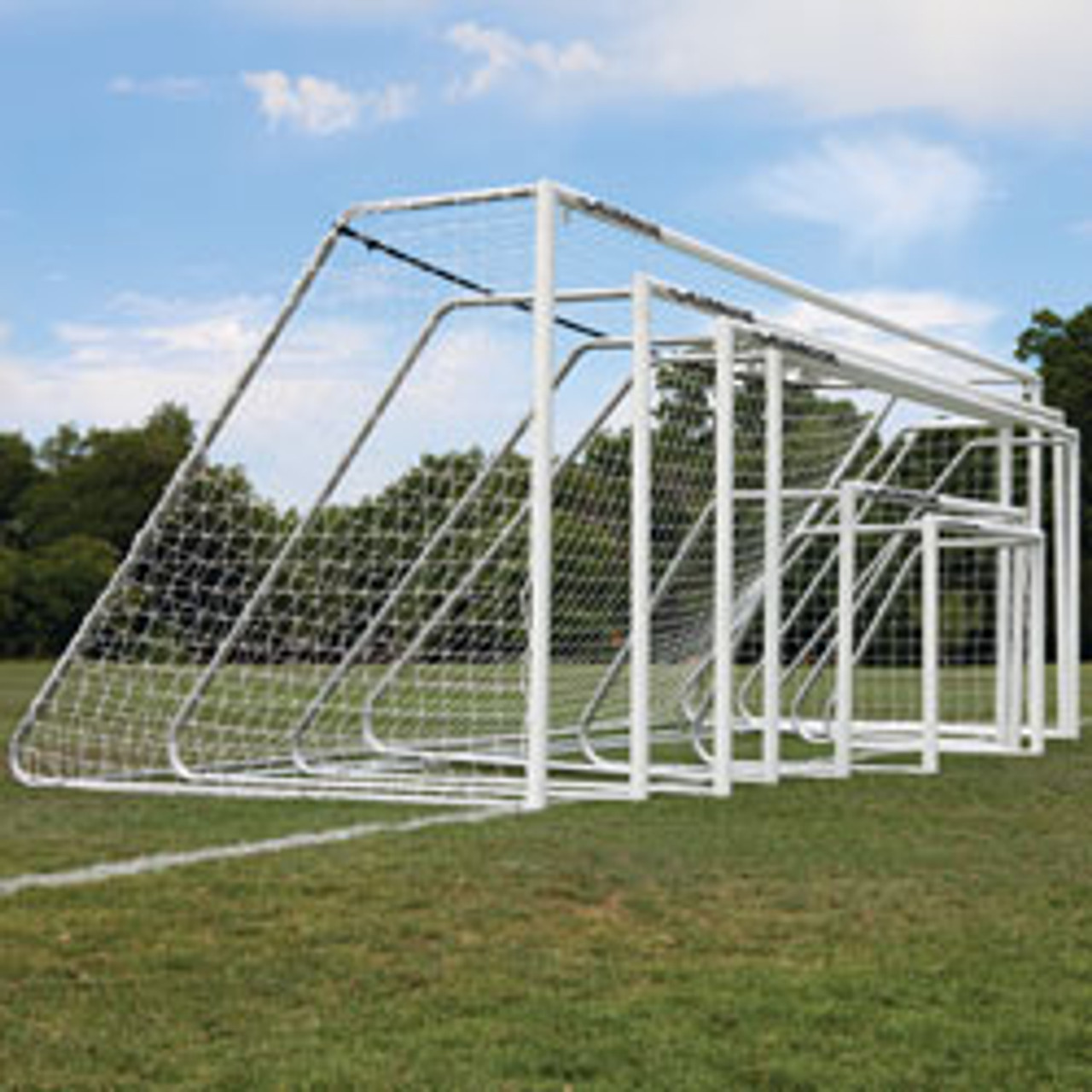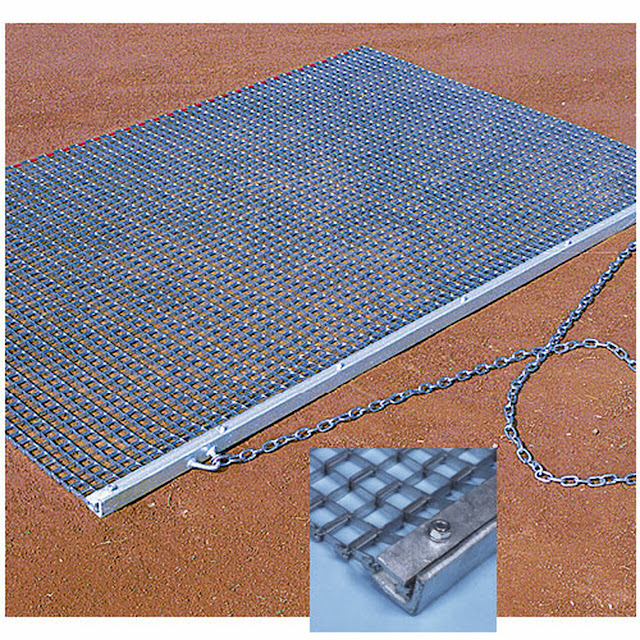Top 5 Different Sorts of Baseballs
Baseball is known as "America's Pastime," so it's no surprise that there have been several modifications to the baseballs used to make the game playable by people of all ages. This article will walk you through all the differences in baseballs based on age group, from tee balls to professional baseballs. Check out our entire baseball selection for more options.
Baseballs of Various Types
- Little League Baseballs
- Tee Balls / Safety Baseballs
- College Baseballs
- Professional Baseballs
- High School Baseballs
Top 5 Different Baseballs
Every baseball has a cork-and-rubber mixed pill or a cushioned cork center in the center. Many investigations have taken place - on both, and researchers have found that a cushioned cork center outperforms a cork and rubber-mixed pill. Several different types of windings are encased all around the cork. The first winding is a four-ply gray woolen yarn, which is subsequently accompanied - by a three-ply white woolen yarn, a three-ply gray woolen yarn, and a thinner white poly/cotton finishing yarn. The tighter the winding wrapped around a baseball, the more difficult this is. That's why Little League baseball is not as tough as Major League baseball. Finally, a two-piece cover is executed - over the windings, which would be decided to be made of synthetic material or genuine leather and then stitched together. Although most baseballs have the same interior core, there are a few differences between each other.
Baseballs differ depending on several construction factors for each age group. Baseballs used at the high school, college, and professional levels, for example, are typically made of genuine leather, so baseballs used by tee ball players are usually hand-made and made of synthetic materials. The height of the seam is another variable that varies depending on the baseball. Baseballs have raised seams, rolled stitching, and flat seams. Each type of seam on a baseball serves a distinct purpose. Raised seam baseballs, for example, are typically used by younger ball players because they allow the player to get a better grip and maximize control when trying to throw.
Major League Baseball baseballs have rolled stitching that permits higher velocities while throwing and exit velocities while hitting due to reduced air friction. Finally, flat seams are prevalent on batting practice balls and are ideal for pitching machines because they do not move like balls with raised or rolled stitching.
1. Little League Baseballs
These MacGregor #76 C1 Little League Baseballs (dozen) are designed to withstand the pitching, hitting, and fielding of your team's season, from spring practices to explosive matchups to heart-stopping competitions. The cover of these baseballs is manufactured - of either original leather or a higher-quality synthetic material. Raised seams also aid the player in getting a good grip on the ball and producing realistic throws.
There are some differences between these baseballs and those used in professional baseball. The winding around the professional baseball cork is very tight, resulting in a harder ball. Official Little League baseballs, on the other hand, are wound less tightly and, while still hard, are less solid than professional baseballs. The speed and distance traveled by the baseball will vary depending on how tightly it is wound.
As a result, Little League baseballs are less tightly wound and do not travel as fast after contact. Because this group of ballplayers has some experience, these baseballs are ideal because they provide the player with a more traditional baseball while not being as hard as a professional baseball.
2. Tee Balls / Safety Baseballs
Tee Balls/Safety Baseballs are precisely what their names suggest. These baseballs are designed for young ballplayers and are employed in age groups of 4-8 years. They are noticeably softer and lighter than baseballs used in other age groups. Tee Balls and Security Baseballs are friendlier to young ball players because they have a sponge and rubber core that dampens impacts and protects them from injury.
Because they are starting to learn the game for the first time, Tee Balls/Security Baseballs are perfect for kids aged 4 to 8. At this age, throwing, catching, and fielding requires much practice. These softer and lighter baseballs are ideal for learning the fundamentals while building confidence and teaching players to remain in front of the ball.
3. College Baseball
College baseball is similar to professional baseball, yet there are some differences. One of the main differences is that college baseballs are designed; to be used with an aluminum bat rather than the wood bat used at the professional level. Another distinction is that college baseballs have a slightly lighter density than professional baseballs.
College baseballs, such as high school baseballs, usually have a cork core, wool windings, and a cover made of leather or high-quality synthetic material. Unlike high school baseballs, college baseballs have flatter seams equivalent to the rolled stitching seen in professional baseball. It reduces air friction and allows baseballs to be hit harder and farther than baseballs with elevated stitching.
4. Professional Baseball
At the professional level, there are two types of baseball: minor-league baseball and major-league baseball. Rookie Ball through AA use Minor League baseballs, while AAA and the Majors use Major League baseballs. To aid in the transition from the Minor Leagues to the Major Leagues, AAA teams began using baseballs that managed the same standard as Major League Baseball baseballs in 2019.
Many players can immediately distinguish between the two baseballs used in professional baseball. Once compared to Minor League Baseball, Major League Baseball is slicker and more difficult to grasp. Another distinction is that Major League Baseball baseballs are much more difficult and tightly wound, allowing for faster exit velocities and longer distances when making contact with the ball. Many pitchers claim that once they've gotten used to the seams on Major League Baseballs, their pitches become sharper and move more than they did on Minor League Baseballs.
5. High School Baseballs
Baseballs used in high school are similar to those used in professional baseball. One distinction is that high school baseballs are slightly lighter in density than professional baseballs. Furthermore, high school baseball is designed - for use with aluminum baseball bats as opposed to wood bats used in professional baseball. High school baseballs are generally made - with a cork core, wool windings, and leather or high-quality artificial cover.
Raised seams on a high school baseball make it easier for the player to get a good grip and make an accurate throw. Raised seams will also travel less distance than rolled seams, such as those used in professional baseball, due to increased air friction.



Comments
Post a Comment